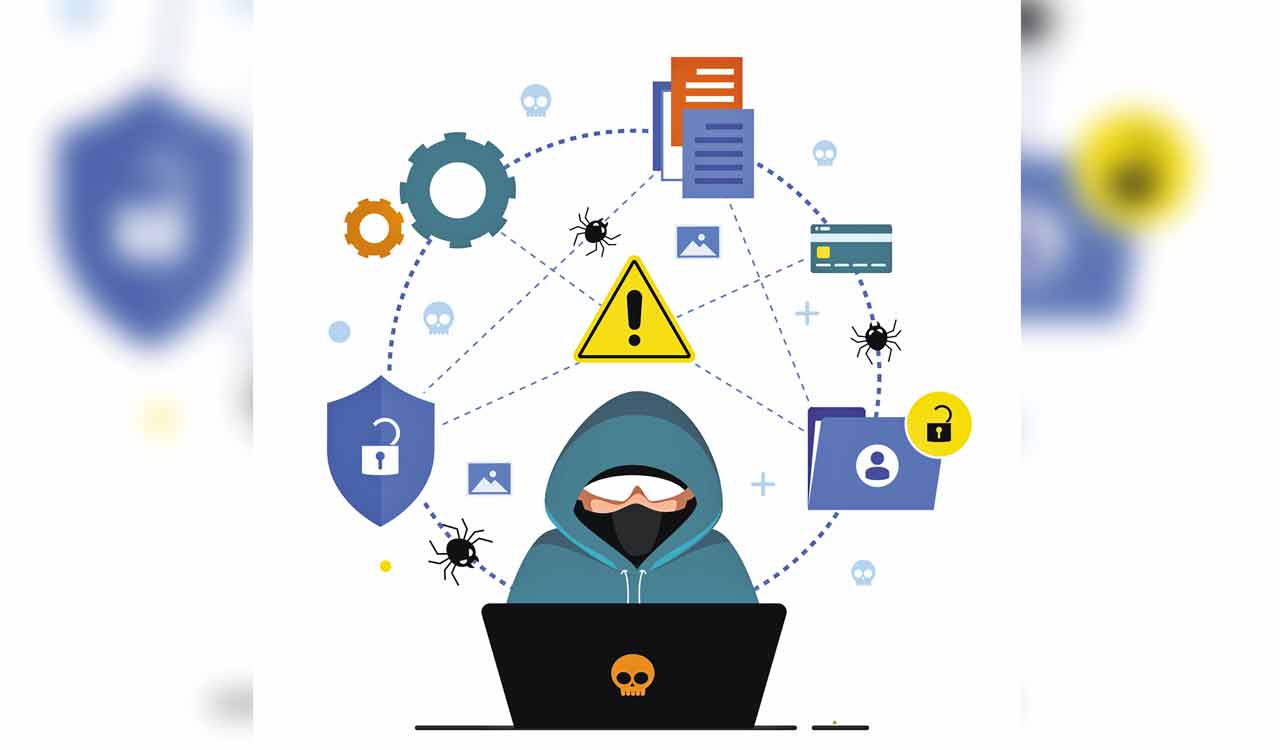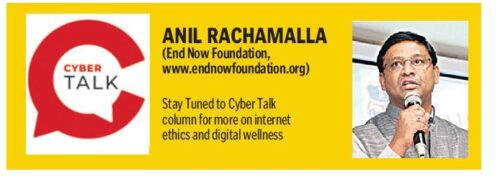Cyber Talk: Best cybersecurity practices for SMEs
Our business data is susceptible to exploitation, and there could be fraud and abuse from a legitimate source too
Updated On - 12:46 AM, Tue - 10 January 23

Every industry has its own unique set of risks, and the same is true for the IT Department, especially in cyberspace, whether it’s blocking targeted phishing attacks, protecting corporate accounts from compromise, fighting fraud, or defending against social engineering scams like impersonating accounts. Cybersecurity is critical for contemporary business or private success.
Our business data is susceptible to exploitation, and there could be fraud and abuse from a legitimate source too. Hackers and scammers are spreading malware and launching online attacks, and additionally, they are mimicking individuals and types to trick followers and company employees into spreading misinformation or revealing corporate sensitive data and private data as well.
Some potential attacks on SMEs:
(a) Hashtag Hijacking (b) Cross-Site Scripting (XSS) and Cross-Site Request Forgery (c) Pharming, Phishing, and Clickjacking (d) Elicitation, identity theft, impersonation and intellectual data theft apart from online financial frauds.
Success lies in preparing to fail. Modern threats need modern tech and remember that we don’t have to be the target to become a victim, and no one is too small to be affected. Establish best cyber security practices for SMEs should always be the top priority.
Few types of cyber attacks
* Malware: It is malicious software with the intent to cause damage or gain unauthorised access. Malware can take the form of viruses, worms, Trojans, ransomware, spyware, and so on.
* DDoS: A distributed denial-of-service (DDoS) is like an unexpected traffic jam clogging up the national highway, preventing regular traffic from arriving at its destination.
* Man in the Middle (MitM) attack: It is like opening someone else’s confidential mail, copying a part of it, and resealing the envelope. A simple way to get rid of this never-open, unsecured site (http://) and open only secured site (https://)
* Phishing: Phishing, Vishing, and Smishing are perhaps the most commonly used social engineering fraud forms. It is a method of trying to gather personal/sensitive information using deceptive methods and then committing the crime online.
* Ransomware: A ransomware attack infects your machine with malware etc. and locks you out of your system, and then the hacker demands money in exchange for regaining access.
* Password attack: (a) Brute-force attack, which involves guessing at passwords until the hacker gets in. (b) Dictionary attack, which uses a programme to try different combinations of dictionary words (C) keylogging, which tracks a user’s keystrokes, including login IDs and passwords
* SQL injection attack: It is a type of injection attack that makes it possible to execute malicious SQL statements. They can attack your servers and access and modify important databases, or even manipulate devices on the network.
* Insider attacks: They occur when an employee uses their authorised access to harm an organisation either knowingly or unknowingly harm an organisation by stealing, exposing, or destroying its data.
* APT: An advanced persistent threat attack that creates an undetected presence in a network in order to steal sensitive data over a prolonged period of time.
* Zero-day attack: It refers to the threat of an unknown security vulnerability in a software or application for which either no patch has been released or the application developers were unaware of or did not have enough time to apply the patch.
Tips to secure networks: –
* Two-step Authentication: Enable two-factor authentication (2FA) for all emails and business applications, which is a multi-factor authentication that strengthens access security by requiring two methods to verify your identity.
* Data Backup: It will help you when your data is compromised or lost during a breach and can easily be recovered from an alternate physical or cloud location.
* Encryption Software: Ensure organisations have computer encryption software to protect sensitive data, such as employee records, client or customer information, intellectual property, and other financial data.
* Antivirus and Up-to-Date Versions: Ensure that antivirus is part of every device, and it must be the top priority to keep all the software’s versions up-to-date.
* Awareness: Teach your employees how many different ways cybercriminals can gain access to their systems. Keep them trained on how to recognise signs of a data breach, and educate them on how to stay safe while using the devices and applications.
* Security Policies: Teach employees to create strong passwords, identify and report suspicious emails, activate two-factor authentication, and click links only after they have verified it’s not a phishing link.
* Digital Wellbeing: Establish continuous awareness sessions on how to use a smartphone, electronic devices, and social media. Teach them how they can use technology for good and teach them about a few topics, i.e., privacy, smartphone addiction, Social Engineering, cyberbullying, managing negative comments, fact-checking, etc.








Gloss